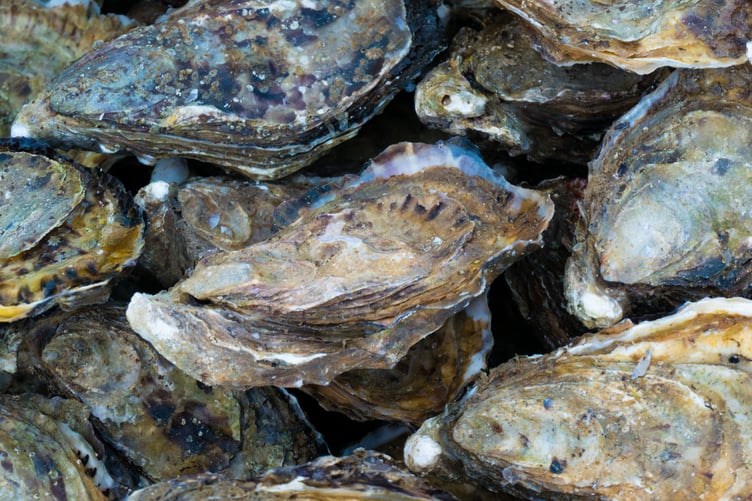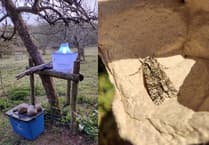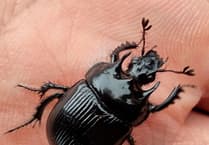David Attenborough’s new documentary film Ocean highlights that the health of our blue planet is tied with the health of our oceans. Yet every year in UK seas, bottom trawling and shellfish dredging damage an area of seabed larger than the whole of the country’s land area.
Trawling and dredging have been used for centuries, so when scientists first studied life in the ocean, the seabed they found had already been damaged and marine life destroyed, meaning that today it is difficult to know what the natural seabed and healthy fish populations should look like. This may explain how bottom trawling came to be permitted even in our Marine Protected Areas.
Now researchers at the University of Exeter have studied historical records, like nautical charts and fishery reports from the 18th, 19th and early 20th centuries, and discovered how rich our seas once were – and could be again. There were huge areas of oyster reefs along much of our coastline – made up of living oysters and old shells built up over time many metres high.
Oyster reefs are the European equivalent of coral reefs and covered 17,000 square kilometres of European seas. Like coral reefs, the oyster reefs created rich ecosystems, providing a home for almost 200 fish and crustacean species. The reefs also played a vital role in stabilising shorelines, nutrient cycling and water filtration – one oyster filters up to 200 litres a day.
Dr Ruth Thurstan from the University of Exeter said, “I knew that oysters used to be caught in huge quantities, so we suspected that these reefs could be large, but to find information that evidenced such coverage of reefs, amazed me. But they were all gone by the beginning of the 20th century to leave the sands, mud and gravel that dominate the seafloor today.”
Few people in the UK today will have seen our native European flat oyster (Ostrea edulis), not to be confused with the Pacific Oyster, a farmed oyster species that has escaped and lives in shallow estuaries, while native oysters lie in deeper, offshore waters. Only small numbers of our native oysters survive and 95% of native oyster reefs have been lost in England.
In 2023, the UK signed the Global Ocean Treaty to protect at least 30% of the ocean by 2030 by creating a network of Marine Protected Areas. But the government continues to issue fishing licences for UK and EU vessels to bottom trawl in most Marine Protected Areas.
Giving up trawling and dredging does not mean an end to fishing. In fact, recovering fish populations in protected areas replenish those in fishing grounds nearby, leading to better catches that can be caught by local fishers using more sustainable methods.
Bringing UK seas back to life requires a ban on bottom trawling and dredging in all our Marine Protected Areas. As Sir David concludes in Ocean, “The ocean can bounce back to life. If left alone it may not just recover but thrive beyond anything anyone alive has ever seen.”





Comments
This article has no comments yet. Be the first to leave a comment.